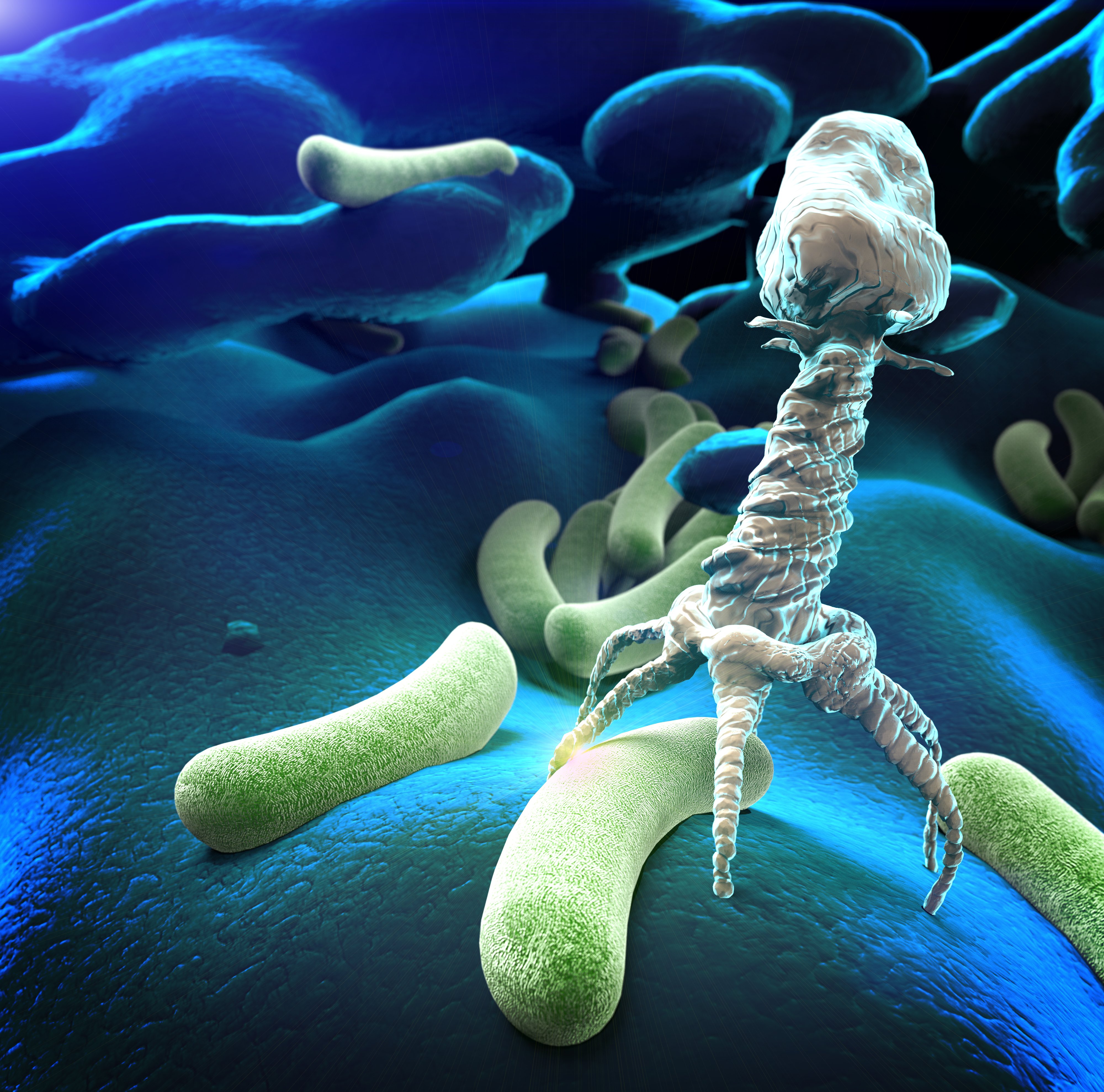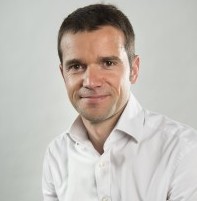The open nature of cell-free systems allows the production of protein complexes much more easily than with in vivo systems.
Cell-free systems not only enable the production of proteins, but also protein complexes composed of around 2 to 1500 proteins. Indeed, the open nature of cell-free systems is advantageous for the co-expression of proteins since the ratios of DNA templates and the composition of reaction mixtures can be optimized to allow the concomitant expression of soluble proteins or transmembrane proteins and the assembly of protein complexes.
As an example, Synthelis produced a complex of two membrane proteins NOX2 and p22phox called cytochrome b558, using its proprietary cell-free system based on Escherichia coli strain (Brault et al., 2017). When stimulated, the cytosolic components subunits p47phox, p67phox and p40phox associate with cytochrome b558 to form the active nicotinamide adenine dinucleotide phosphate (NADPH) oxidase complex within the biological cell membranes. Dysfunction of the NADPH oxidase complex in chronic granulomatous disease (CGD) patients leads to life-threatening lung infections. Thus, we can say the NADPH enzyme replacement therapy could be a local treatment therapy against these infections.
To reconstitute a functional NADPH oxidase complex, Synthelis co-expressed in vitro NOX2 and p22phox proteins in proteoliposomes using its proprietary cell-free technology: several ratios of DNA templates were tested, optimal Mg2+, K+, hemin and iron concentration were determined, as well as lipid composition of the lipid bilayer and time of reaction.
As a result, NOX2/p22phox liposomes containing hemes were efficiently delivered to the plasma membrane of targeted cells, the ROS-deficient X0-CGD macrophages, and restored NADPH oxidase activity of these cells.
Cell-free systems are highly efficient when it comes to active and functional proteins complexes.
In addition, this optimized E. coli-based cell-free expression system enabled the increase of human cytochrome b558 production yields, respectively by a scale of 100 and 20 times when compared to previous P. pastoris or baculovirus cell systems, used for the production of a bovine cytochrome (Ostuni et al., 2010).
Using the same approach, functional nanolipoprotein particles (NLPs) were produced using the co-expression of an apolipoprotein A-I fragment (Δ49A1) and a bacteriorhodopsin (bR) transmembrane protein in a cell-free system containing lipids and cofactors (Cappuccio et al., 2008). Membrane protein-associated NLPs were produced in a single reaction, stabilizing the membrane protein. Both sides of the membrane protein were made accessible using NLPs to enable interaction with other molecules, something which is not possible when membrane proteins are expressed in proteoliposomes.
In another example, cytochrome c oxidase (CcO) was produced using an E. coli strain based cell-free expression system (Katayama et al., 2010). CcO is a membrane protein composed of three subunits and containing two hemes A molecules and three copper ions. The three subunits were co-expressed in presence of heme A, copper sulfate and E. coli membrane fractions with specific U-shaped structures. At the end, the synthesized enzyme was compared to the authentic enzyme and demonstrated comparable enzyme activity and structure.
Furthermore, cell-free systems also enable the assembly of biochemical systems of a much higher degree of complexity. The complete synthesis of bacteriophages has been achieved from entire viral genomes in one reaction mixture and for example the bacteriophages MS2, ΦX174 and T7 were synthesized (Rustad et al., 2017).
More recently, the coliphage T4, one of the largest viruses used as model in biological studies, was synthesized by merely adding its genome to an optimized cell-free reaction mixture (Rustad et al., 2018). This result is remarkable because of the T4 genome complexity that is comprised of around 289 genes, of which 62 are essential to form viable T4 phages and about 50 encode for the 1500 proteins that form T4 phage particles.
In conclusion, cell-free systems enable the expression and assembly of functional protein complexes, such as the cytochrome b558 produced by Synthelis and also much larger biological entities, such as bacteriophages. The main advantage of cell-free technology to express protein complexes is to allow the adjustment of the ratio of each component complex to get the functionality of the complex. Therefore, these recent advances are paving the way for new applications using cell-free expression system such as protein therapy and phage therapy.
Authors & sources :
Brault J., Vaganay G., Le Roy A., Lenormand J.-L., Cortes S., Stasia M.J. 2017. Therapeutic effects of proteoliposomes on X-linked chronic granulomatous disease: proof of concept using macrophages differentiated from patient-specific induced pluripotent stem cells. International Journal of Nanomedicine 12:2161–2177.
Cappuccio J.A., Blanchette C.D., Sulchek T.A., Arroyo E.S., Kralj J.M., Hinz A.K., Kuhn E.A., Chromy B.A., Segelke B.W., Rothschild K.J., Fletcher J.E., Katzen F., Peterson T.C., Kudlicki W.A., Bench G., Hoeprich P.D., Coleman M.A. 2008. Cell-free Co-expression of Functional Membrane Proteins and Apolipoprotein, Forming Soluble Nanolipoprotein Particles. Molecular & Cellular Proteomics 7:2246 –2253.
Katayama Y., Shimokata K., Suematsu M., Ogura T., Tsukihara T., Yoshikawa S., Shimada H. 2010. Cell-free synthesis of cytochrome c oxidase, a multicomponent membrane protein. Bioenerg Biomembr 42:235–240.
Ostuni M.A., Lamanuzzi L.B., Bizouarn T., Dagher M.C., Baciou L. 2010. Expression of functional mammal flavocytochrome (558) in yeast: comparison with improved insect cell system. Biochim Biophys Acta 1798(6):1179–1188.
Rustad M., Eastlund A., Marshall R., Jardine P., Noireaux V. 2017. Synthesis of Infectious Bacteriophages in an E. coli-based Cell-free Expression System. Journal of Visualized Experiments 126:e56144.
Rustad M., Eastlund A., Jardine P., Noireaux V. 2018. Cell-free TXTL synthesis of infectious bacteriophage T4 in a single test tube reaction. Synthetic Biology 3(1):ysy002.



